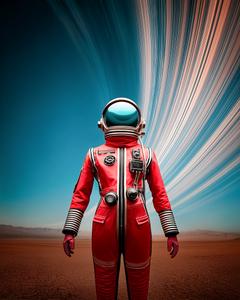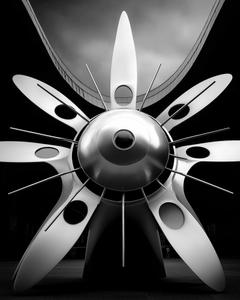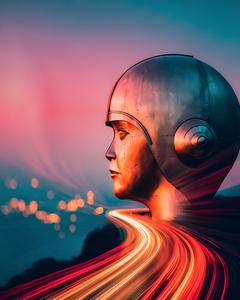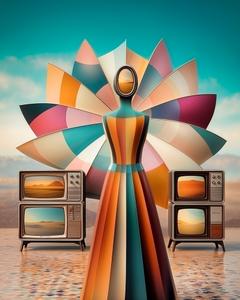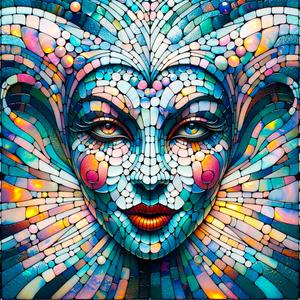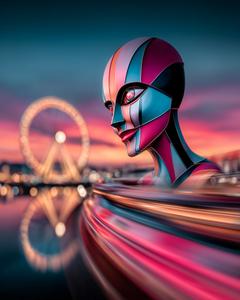My Artistic Journey

My artistic vision attempts to depict the impossible, surreal, remix realities, or visualize ideas, emotions, and scenes that never existed.
In this way, I feel my art is set apart from simply generating an image that looks like something that already exists in real life.
In my art creation process, I utilize highly advanced and sophisticated artificial intelligence (AI) digital imaging tools that include Midjourney, Leonardo, and DALL·E, as well as the generative aspects of Adobe Photoshop and Lightroom.
I view much of my art as “post-photography,” that is to say the next stage after traditional photography just as photography was once the next stage after painting as a way to depict one’s artistic vision.
Repeating patterns in art history

During the 1500s, art began a profound transformation as the dominance of religious themes gave way to new forms of expression inspired by humanism, science, and discovery. While religious art had long served as both devotion and instruction, the Renaissance sparked a shift toward exploring perspective, realism, and secular subjects often met with fascination and, at times, skepticism or controversy from traditionalists. This evolution marked a pivotal moment in art history, where creativity began to reflect the changing worldview of society.
When Impressionism hit the scene in the mid-to-late 1800s, “traditional” artists viewed these new painters as rule-breakers who just dabbed paint on canvas. By the mid-20th century, you would have had a hard time debating whether the impressionistic works of Monet, Renoir, and Degas were real art or not. And then came along Jackson Pollock…
Photography started to be used as an art form in the early 20th century, and there were many naysayers with a mindset that a photograph was not art. Likewise, when digital photography first came about in the mid-1990s, there were die-hard film photographers who looked down upon digital photography. Do you see a pattern?
The dawn of digital photography

In 1997, I saw a very early digital SLR that had been manufactured as a result of a joint partnership between Kodak and Canon, the camera was the Kodak EOS DCS 3. Kodak supplied the digital sensor technology they had developed and Canon integrated it into their robust EOS SLR camera body. This EOS DCS 3 was being used in a special effects studio near where I lived in western Massachusetts. Observing this DSLR being used had a profound effect on me with regard to my point of view of the future of photography and digital imaging. A few years later I would try my first digital camera and it was a truly amazing experience after having used film for so many years. (As a side note, Kodak subsequently abandoned digital camera manufacturing in favor of sticking to film but that is a story for another time.)
A thesis for AI art
With AI digital imaging, I have seen many debates as to whether or not AI generated art is a real art form and with good cause too. AI generated images can be used for deep fakes or to simply mimic a real existing work of art or photo raising questions about authenticity, originality, and ethics. At the same time, it opens new doors for creativity and exploration echoing the same cycle of resistance and excitement seen throughout art history.
Is writing an AI image prompt that much different than pointing a camera at a subject and clicking the shutter? I got my first camera in 1978, a Canon AE-1, and I view using an AI prompt to create a work of art in a similar manner as setting the F-stop, focal length, and shutter speed on a camera.
With all that in mind, I come back to my original thesis of using AI digital imaging as a tool to create meaningful art of subject matter for things that do not exist in real life. It’s one thing to write an image prompt such as: a surreal landscape in the style of Salvador Dali, but another to really dig in and create something wholly unique.
~ Danny Englander, 2025
Contact & Commissions
I’m always interested in collaborating on projects that push the boundaries of digital art. Whether you’re looking for:
- Custom digital artwork for personal or commercial use
- Collaborative projects exploring new digital mediums
- Speaking engagements (virtual) about digital art and creativity
Feel free to reach out through the contact form or connect with me on social media.
